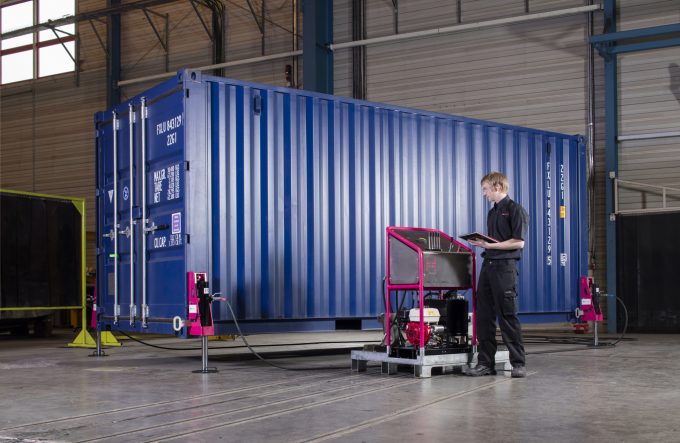Hack-proof blockchain technology arrives – the paperless future for freight
Never let it be said again that the freight industry is slow to adopt new ...

This year’s implementation of the verified gross mass (VGM) amendment to the SOLAS [Safety of Life at Sea] regulations has created a potential $4bn market.
Graeme Parkins, managing director of container weighing solutions provider Hy-Dynamix, told The Loadstar at this week’s Intermodal 2016 event in Rotterdam, ...

Comment on this article